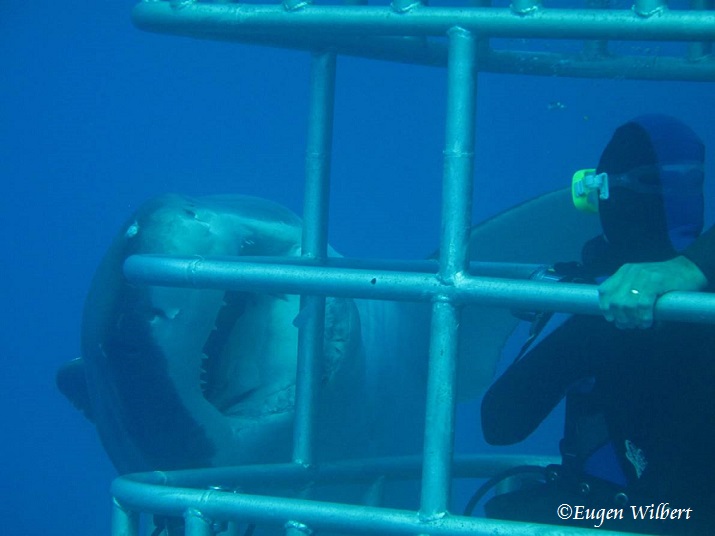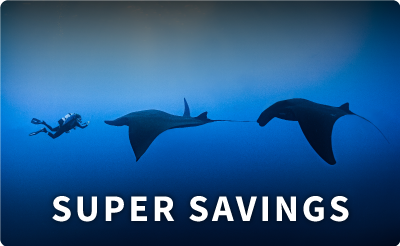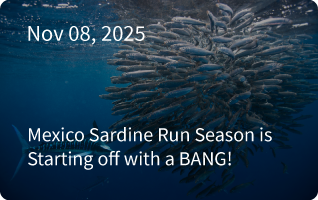
Isla Guadalupe is full of endemisms, -endemism is a particularity of fauna and flora that inhabit a specific site in the world. Guadalupe is being compared with the Galapagos having that wide number of unique species –or sub-species.
Guadalupe –that is 35 km long and 9.5 km wide, is oriented from north to south in the middle of the California Current that comes directly from British Columbia.
Isla Guadalupe is actually a volcano rising from the bottom of the sea from a depth of 2,000 fathoms (3,658 m) below the sea level, up to a height over sea level of 4,265 feet (1,300 m). The slope of the volcano walls is of 70° degrees, making it a perfect cone except on the southern part of the island where there is a very narrow continental platform of 2.5 miles wide (4 km).
These characteristics makes the cold winds coming from the north crash with the top of the volcano –12.5 million years old and extinct for 11 million years, that is taller in the northern part of the island, producing the water from the bottom of the sea at 3,658 m (2,000 fathoms) come up and mix with the warm waters of the surface in a phenomenon called surgency that combined with the high radiation received from the sun, makes the ecosystem one of the richest of the world.
The orientation of the island also produces the cold wind full of moisture meets the warm earth of the island, and in the early mornings, this meeting produces fog that “cascades” from the northern tip of to the lower parts, being the most important source of humidity for the entire ecosystem and making the island very suitable for supporting different species of plants – many of them endemic too.
Because of this large number of endemisms, Isla Guadalupe is very fragile and thus it was affected by domestic animals that became wild -called feral. These animals were brought by the early users of the Island as early as in the XIX Century.








